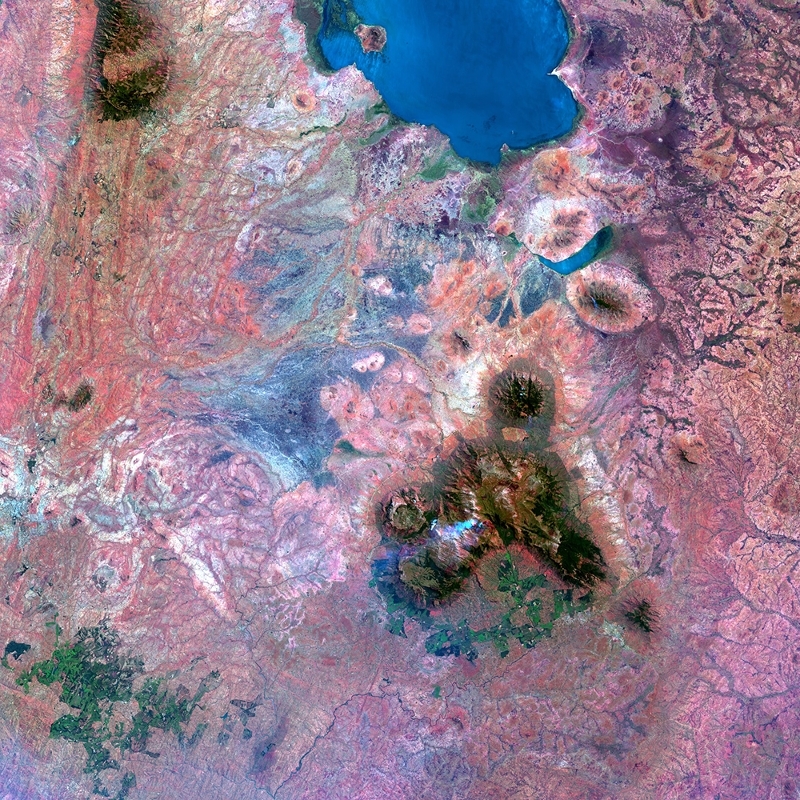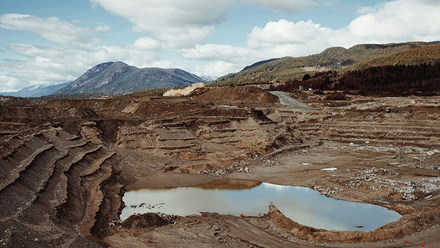Space projects to aid life on Earth
Through the UK Space Agency, the UK Government is giving a cash injection to five projects specifically designed to bring together UK business expertise with universities to help build space solutions to global problems.

The projects are:
ArchAI Ltd – University of Southampton
This project will use AI to automatically detect archaeology on Earth observation data. Knowing where archaeology is located at the earliest planning stages will allow accurate estimates of time and cost involved with acquiring planning permission and significantly reduce the risk of discovering unexpected archaeology during construction. This means that ArchAI will lower the cost of construction and ensure that vital historical sites are preserved.
Absolar Solutions Ltd – University of Southampton
The collaboration will develop Absolar’s Carbon Action Planning Tool that integrates satellite images, solar radiation and LiDAR with other data sources to provide organisations with a clear view of a building’s current energy performance, develop plans for achieving Net-Zero carbon emissions and reduce their energy costs while tracking and reporting on their progress.
XCAM – University of Leicester
Critical equipment for use in the space industry is often built in clean rooms to make sure it is not contaminated with small particles. Cleanliness is vital because if equipment is contaminated it might fail completely or not operate as it was designed to do. This project uses a novel machine learning solution to improve the accuracy of clean room monitoring, and to efficiently report problems in real time. In addition, this solution will be used to monitor potential contamination of sensitive equipment during the launch of spacecraft, which is something that has never been done before.
Redshift Associates Ltd – University of Leicester
This collaboration will develop analytics to track the carbon and pollution emissions of ships, with a new approach to establish emission audits of shipping fleets and their individual vessels. The project builds upon previous work developing analytics solutions for ports and harbours, extending this to coastal and international waters.
Trade in Space – University of Edinburgh
Trade in Space and Geospace Agricultural are collaborating with the University of Edinburgh School of Geosciences to support the generation of a land use classification map of key agricultural production regions of Malawi. This tool that can enable effective planning of large-scale agriculture in the region, following the model set by the Jacoma Estates mega-farm in the area, which has already provided productivity improving micro-financing, and a route to market for over 5,000 Malawian smallholder farmers.







